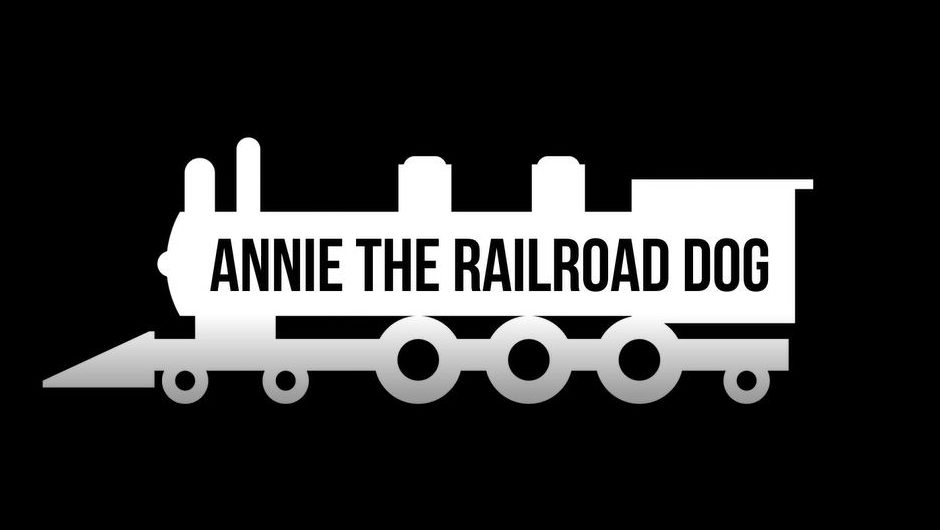Monsters may be imaginary, but just like all living things, they have genes that determine what they look like and how they behave. Make your very own monster using Mendelian genetics. Will your monster be tall or short? Furry or scaly? Green or blue? Toss a coin to find out!
Supplies:
- Paper (if you can, print off the last page of the PDF version of this activity)
- Pencil
- Crayons, colored pencils, or markers
- A coin
- 3D making materials (optional)
Definitions to Know
- Trait: A characteristic or feature of a living thing… hair color, eye color, and blood type are all examples of traits.
- Gene: Genes are parts of DNA and carry hereditary information passed from parents to children.
- Allele: A version of a gene. Each parent gives its offspring one allele.
- Genotype: A living thing’s complete genetic information.
- Phenotype: A living’s things traits.
- Dominant allele: An allele that is always expressed in the phenotype if present in the genotype.
- Recessive allele: An allele that is only expressed in the phenotype if the dominant allele is not present.
Don’t understand these definitions yet? No worries! It will all make more sense once you complete the activity.
Instructions:
- Just like humans and other animals, FCMoD monsters (which are only imaginary, we promise!) have genes that determine their traits. FCMoD monster babies inherit one allele from each monster parent. The combination of the two alleles decides which traits the baby monster has. In this activity, by flipping a coin, you will determine which alleles your monster inherits from each parent (its genotype). Then, using the rules of dominant versus recessive alleles, you will figure out your monster’s traits (its phenotype).
- Print off the last page of the PDF version of this activity entitled “Determining Your Monster’s Genetics.” No printer? No problem! You can make a copy of this page using pencil and paper.
- On the “Determining Your Monster’s Genetics” page, you should a table with lots of different monster traits, from height to teeth shape. Each row lists the allele that is dominant and the allele that is recessive.
- Flip a coin twice for each trait. If you flip heads on your first flip, write down the dominant allele in the Coin Toss #1 column. If you flip tails on your first flip, write down the recessive allele in the Coin Toss #1 column. Repeat in the Coin Toss #2 column. Leave the Phenotype column blank for now.
- Once you have completed two coin tosses for every trait, it’s time to figure out your monster’s phenotype! If a trait is recessive, it is only expressed if it has another recessive allele as its buddy. Find any traits where you wrote down the recessive allele in both the Coin Toss #1 AND Coin Toss #2 columns. (In other words, you got tails twice in a row when you did your coin toss.) Write down the recessive allele in the Phenotype column. Write down the dominant allele in the Phenotype category for all other cases.
- Time to make your monster! Draw your monster using the traits listed in your Phenotype column. Bonus points: once you are done drawing your monster, make it in 3D using whatever you have at home!
Questions to Ponder
• Did you flip more heads than tails, more tails than heads, or did you flip about an even amount of heads and tails?
• How much of your monster’s phenotype is made up of recessive alleles versus dominant alleles? Is it the same or different than the number of heads vs. tails in your coin toss? Why do you think that is?
• How do you think your monster’s form affects its function? For example, would a monster with long legs move differently than a monster with short legs? Would a monster with sharp teeth eat different things than a monster with blunt teeth?
• Are genes the only thing that determines what an individual is like? Can you think of any times when the environment could affect an individual’s traits?
Monsters and Us
What do humans, animals, plants, and monsters all have in common? Genetics! While you completed this activity using a monster as an example, you could have also done it for a cow, a cat, a snake, a tree, or even yourself!
In other living things besides FCMoD monsters, though, genetics can get pretty complicated. Sometimes a gene has more than two alleles. (For example, there is a gene in domesticated cats that determines if the cat is black, brown, or cinnamon. Black is the dominant allele, while brown is recessive to black, and cinnamon is recessive to brown.) Sometimes, neither allele is completely dominant, and the allele expressed in the phenotype is a blend or a combination of the two alleles — scientists call this “incomplete dominance” and “codominance,” respectively. (For example, human blood types are classified as A, B, and O, depending on the protein types found in the blood. But, if a human inherits one A-type allele from one parent and one B-type allele from the other parent, her blood type will be AB, a combination of the proteins.)
Scientists have been working hard for many years to map out the genetics that make up all kinds of different organisms. But why does it matter? Understanding genetics can make us better stewards of our planet. See below for some real-life examples!
Real-Life Genetics: Saving the Black-footed Ferret
On September 26th, 1981 the black-footed ferret was rediscovered near Meeteetse, Wyoming. Before that, Black-footed ferrets were thought to be extinct! Since that fateful day of rediscovery, biologists and conservationists have been working hard to recover this endangered species.
Because no new populations of wild BFFs have been found since 1987, the BFF breeding season ( March-July) at BFF managed care facilities follow protocols for specific pairings of individuals to minimize the loss of genetic diversity. In other words, the biologists responsible for breeding Black-footed Ferrets use what they know about genetics to make sure that future BFF generations are
born genetically healthy.
Did you know that FCMoD has two live Black-footed Ferrets on site, in partnership with U.S. Fish & Wildlife Service? Make sure to visit the BFFs when the museum is open… and you can watch them 24/7 from anywhere in the world on the Black-footed Ferret cam.
Real-Life Profile: Mary F. Lyon
Mary F. Lyon (1925-2014) was a British geneticist who is credited as having discovered Xchromosome inactivation, often termed Lyonization in her honor. Lyonization is a process that occurs in female mammals (including female humans!), where one copy of the X-chromosome is inactivated in each cell. (Females inherit two X chromosomes, while males inherit an X and a Y chromosome.)
Mary Lyon’s discovery has helped geneticists understand a range of genetic anomalies. For example, tortoiseshell cats are a great example of Lyonization. Orange coloration is carried on the Xchromosome in cats. Let’s say a cat inherits one “orange” X-chromosome and one “non-orange” Xchromosome from its parents. Due to Lyonization, one of those X-chromosomes will be inactivated in each cell. However, which X-chromosome is inactivated varies from cell to cell, resulting in some cells expressing orange coloration while others do not. This creates the random mosaic pattern on tortoiseshell cats.
Lyonization is also the reason that male tortoiseshell cats are so rare. In order for Lyonization to occur, a cat must have two X-chromosomes. A genetic mutation must occur for a male cat to have two X-chromosomes, though it does happen on occasion!













